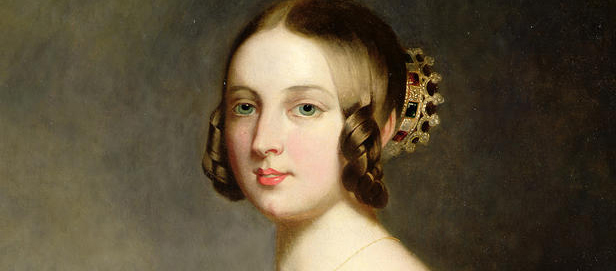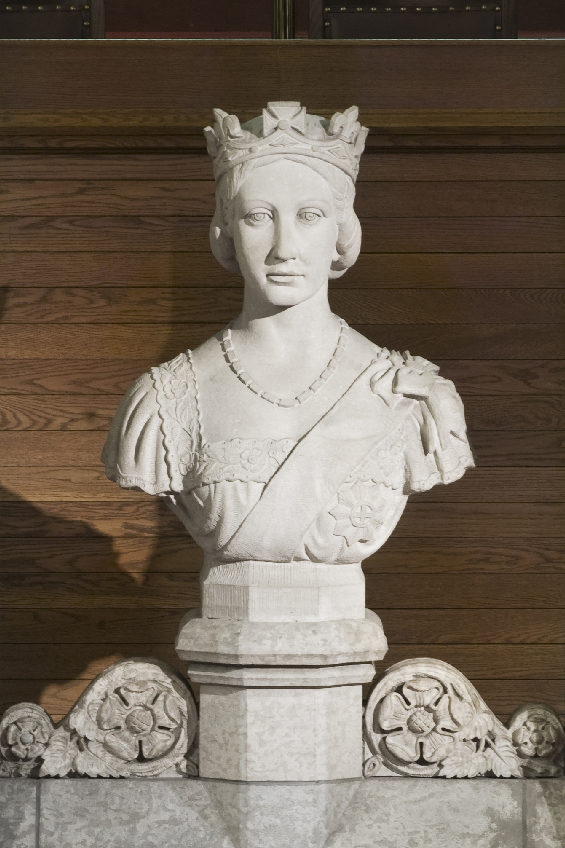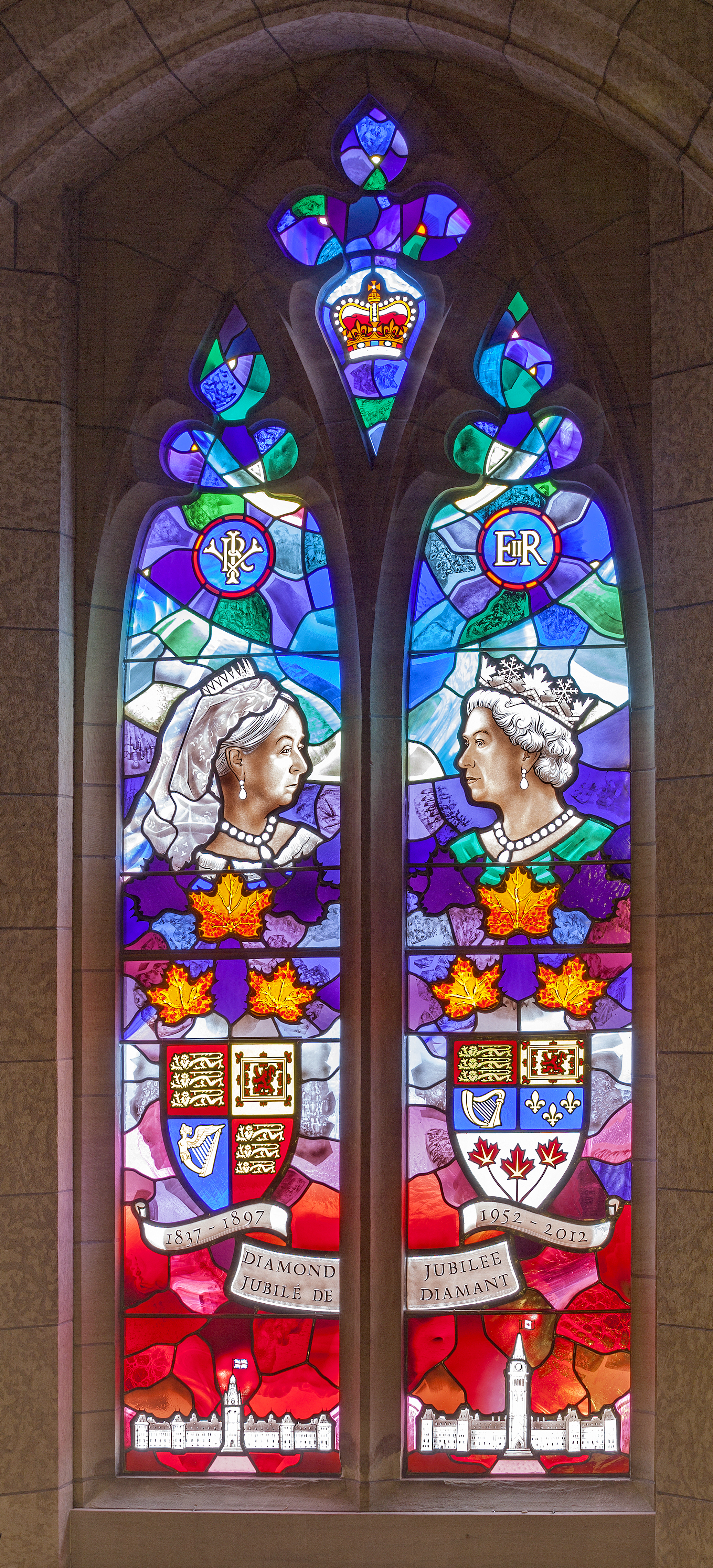Victoria Day: How the “Mother of Confederation” made her mark on Canada

Victoria Day, the last Monday before May 25, is synonymous with the start of summer. It’s one example of how Canada’s first queen has left her stamp on Canada, with communities from coast to coast bearing her name — from Victoria, B.C. in the west to Nova Scotia’s Victoria County in the east.
This country, likewise, made its mark on Victoria’s 63-year reign from 1837 to 1901. Milestones in Canada’s evolution from colony to nation mark the beginning, pinnacle and twilight of the Victorian era.

Queen Victoria’s ascension to the throne in 1837 coincided with violent rebellions in Upper and Lower Canada — today’s Ontario and Quebec. Citizen militias took up arms against a ruling elite that resolutely shut the populace out of administrative decision-making.
The revolts had been crushed by the time Victoria’s coronation took place in 1838 but, determined to launch her reign in a spirit of reconciliation, Victoria granted amnesties to rebels in both colonies. She then commissioned an investigation into the protesters’ grievances. The resulting Durham Report called for unification of the two Canadas and for the establishment of responsible government, in which the executive could hold power only with the support of an elected assembly.
The report’s grander vision of a unified confederation of Britain’s scattered North American colonies took nearly 30 years to materialize.

The Queen had endorsed the project from its inception, believing that Confederation would make the colonies less of a burden on the British treasury and stave off the threat of annexation from the United States, reunified in the aftermath of its four-year Civil War and equipped with an enormous standing army.
Loyalty to the Crown was Confederation’s cornerstone, an allegiance that overrode regional and economic disparities. In February 1867, Sir John A. Macdonald, soon to be Canada’s first prime minister, assured Victoria that the purpose of the union was “to declare in the most solemn and emphatic manner our resolve to be under the sovereignty of Your Majesty and your family forever.”
On March 29, 1867, the Queen granted Royal Assent to the Parliamentary act that brought the new dominion into being. On May 22, she appointed Canada’s first 72 senators and proclaimed that the British North America Act would come into effect on July 1, 1867.
Her 1897 Diamond Jubilee celebrations, marking the twilight of her reign after 60 years on the throne, featured a procession from Buckingham Palace. Canadian cavalry led the colonial contingent with then-prime minister Sir Wilfrid Laurier following in a carriage. Behind him rode a group of North-West Mounted Police — the precursor to today’s Royal Canadian Mounted Police.
Victoria’s death marked the end of an era in which the British Empire reached its height and the new nation of Canada was born. Although Canadians had celebrated the Queen’s birthday informally since 1845, the Canadian government passed a law in 1901 making Victoria Day a permanent statutory holiday in honour of Victoria’s role as “Mother of Confederation.”




